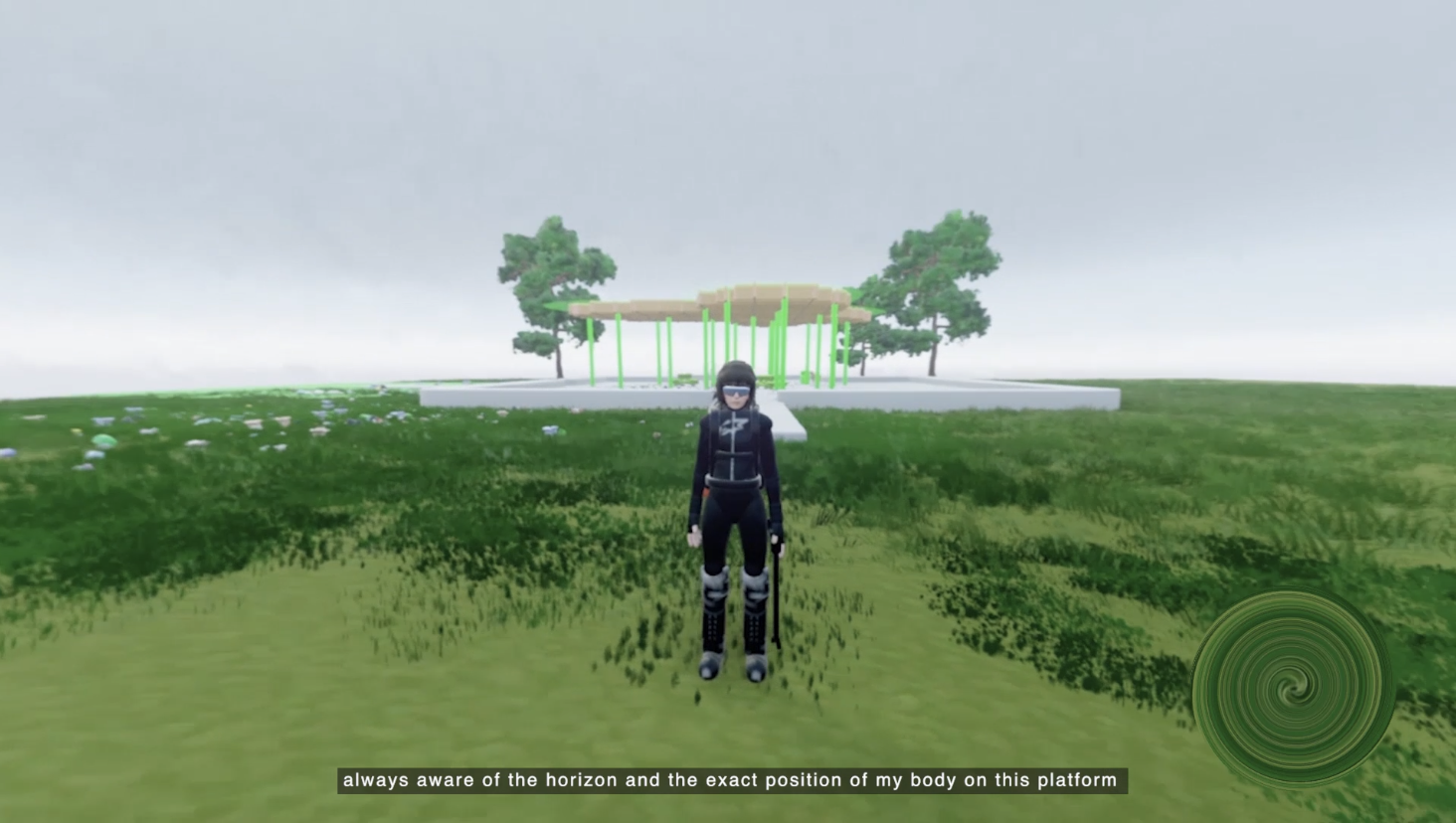
Meta.Morf 2022 – Ecophilia / K-U-K – Kjøpmannsgata Ung Kunst / Exhibition May 6 – August 14 /
Curator: Zane Cerpina / Co-curator: Espen Gangvik
PsXCare / 2021
Annie Hägg [SE]
PsXCare takes place in a fictive future where the border between the digital and the physical is blurred, shifting between filmed and animated material.
The work portrays a feeling of alienation related to cities and constructed spaces. A feeling that stems from living in a time and place where everything is designed for specific purposes, hence steering your attention and needs much like in a video game. According to German philosopher Hartmut Rosa, alienation is a direct effect of what he calls modernity’s backside; social acceleration, often experienced in a fast-paced city environment.
Nature, either designed in the form of a city park or growing freely as a forest, is commonly seen as a place of relaxation and restoration. A place of freedom if you will. The video considers what role public spaces intended for leisure hold in society, both digital and physical, such as parks or online gaming platforms. People who spend a lot of time in nature and people who spend a lot of time in fictional digital worlds are often viewed as escaping what the rest of us are living through. But is gaming really an escapism today?
In a lecture by Hito Steyerl, Why Games? Can People in the Art World Think? She describes how people have thought historically that games or forms of play are just a form of ”emancipation from the tyranny of management and labor” – a performed escapism. However, and this she points out later, games are not purposeless from either a societal or personal perspective. According to Steyerl games function as a sort of behavioral training for people because they ”present the platonic ideals of how people thought humans should act and think”. Many video games are in fact functioning the same way as labor does, you perform a task, you receive 500 points. Actions steered by scores.
PsXCare is partly made within a Playstation game called Dreams, a so-called sandbox-game where the players themselves create environments and modes to play with, compared to games that come with fully formed content. Dreams without players is nothing more than a game engine, an empty shell, so players are customers and at the same time co-creators (only unpaid).
The character in PsXCare wants to escape society, or at least has a strong longing for leaving, and becomes absorbed by a game while looking at 3D-renders on her computer of a soon to be built park in a well-funded area, longing for the simple, nature-bound life portrayed. However, she doesn’t reach the pristine nature that often defines open-world games such as extraordinary mountain views, deep forests and vast meadows, but a small piece of land comparable to a city
park. Here she performs a digital way of park maintenance, picking up trash to keep her score at a sustainable level. This can be read as an allegory of countries’ systematic outsourcing of labor, e.g. placing dirty work such as pollution-heavy industries in other countries so as to not have to deal with your own issues.
The labor-focused narration is a comment on a new type of economy, an economy that dismantles the idea that games aren’t labor. So for a long time, games have only mimicked economic systems upon which modern society is built, as described by Steyerl. While today, many games are economical systems themselves with the expansion of cryptocurrencies. One can breed imaginational creatures, sell them as tokens and via these sales pay your rent and buy your bread. A currency development that isn’t new per se, but for the first time available to anyone with an Internet connection, highlighting how the world is and has been for a long time steered by imaginational sums of money that never touches the hand.
While games themselves often take place in beautifully curated landscapes, seemingly untouched by the human hand, the servers needed to keep these worlds going are consumers of nature, dependent on natural resources to exist. So what’s going on is an extraction of the real to create the fictive, a tree for a tree?
We often talk about the digital and the physical as something separate, the video strives to narrate a reality where these concepts are naturally connected and where common ideas about what is work and what is play are being challenged.
Annie Hägg
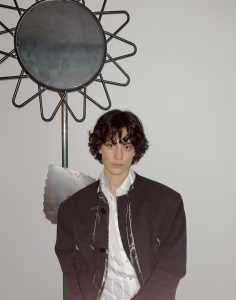 Annie Hägg, born in Växjö, Sweden, received her Bachelor in Fine arts from Oslo National Academy of the Arts in 2021. Hägg’s work focuses on the constructed and designed aspects of modern society both from a social, economical and environmental point of view. Her practice includes storytelling as a way of articulating how characteristics of contemporary changes affect our perception of reality and emotional states, how they manifest in the mind and the body.
Annie Hägg, born in Växjö, Sweden, received her Bachelor in Fine arts from Oslo National Academy of the Arts in 2021. Hägg’s work focuses on the constructed and designed aspects of modern society both from a social, economical and environmental point of view. Her practice includes storytelling as a way of articulating how characteristics of contemporary changes affect our perception of reality and emotional states, how they manifest in the mind and the body.
In her recent solo exhibition at Amaze gallery in Stockholm she exhibited the video PsXCare together with replicas of objects found in public places in the city. The use of replicas is a recurrent theme in her work, a copy-paste style that imitates a digital presentation of information. By extracting objects from their initial environment and curating them into a new context, she both highlights and alters their meaning.
Hägg’s work stretches towards multiple directions simultaneously, in accordance with her own fabricated connection and logic. These fabrications often point towards societal developments through an emotional and playful perspective, commenting on the complexity of knowledge and reality.
Header Graphics: “PsXCare” by Annie Hägg. Video Still.
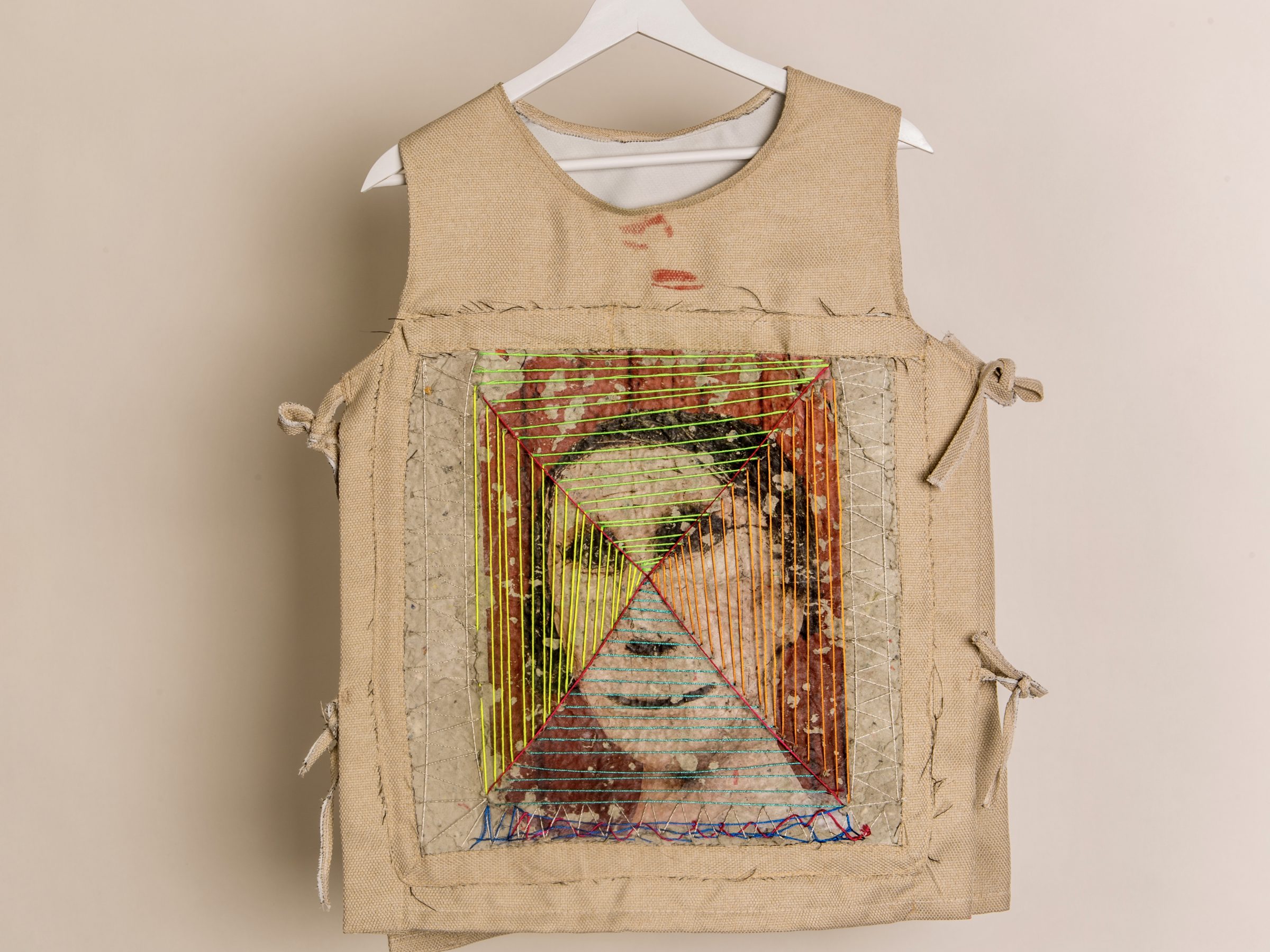
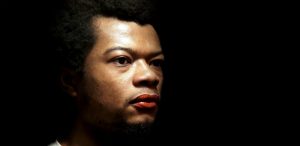 Joshua Dekia
Joshua Dekia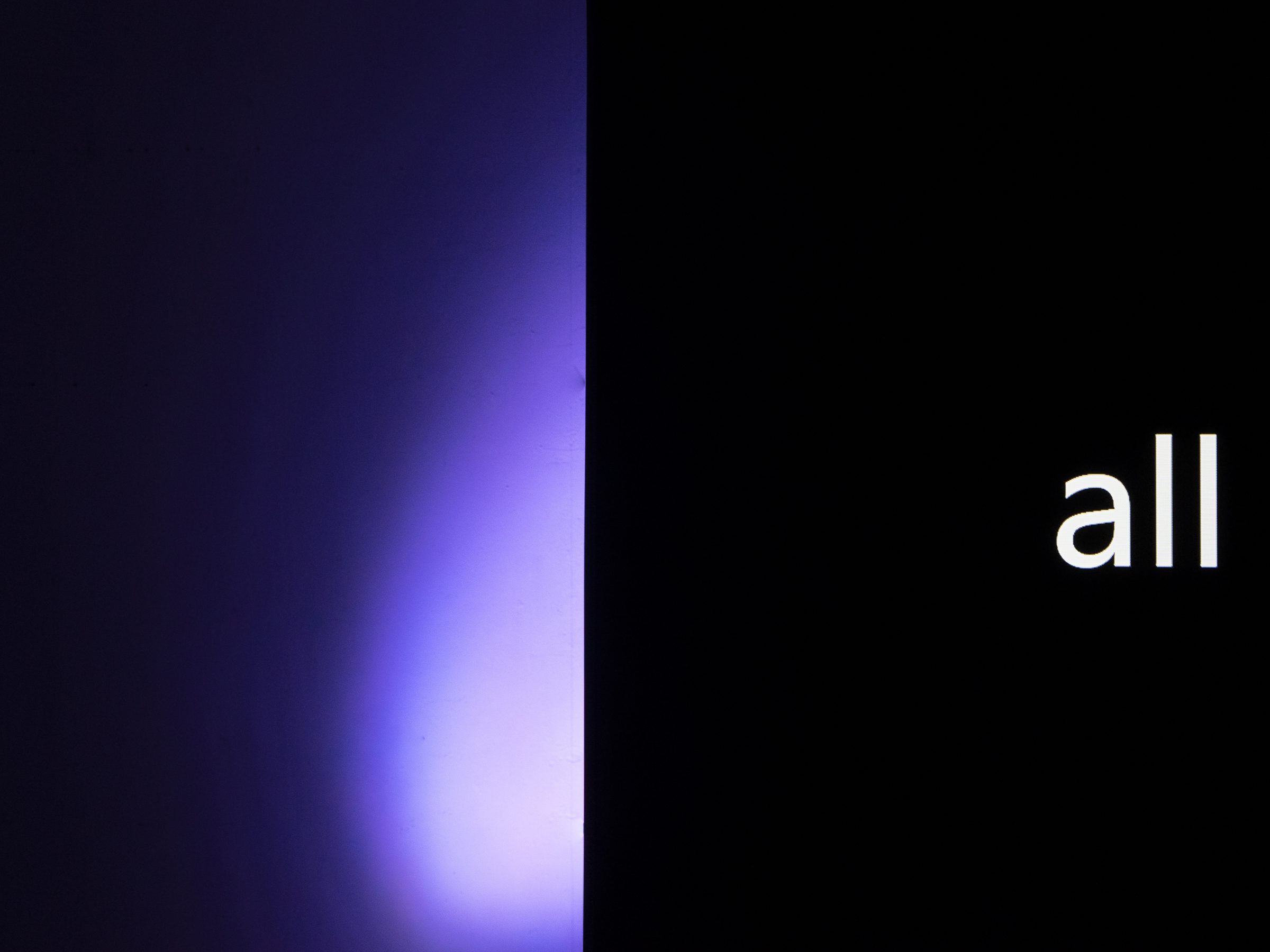
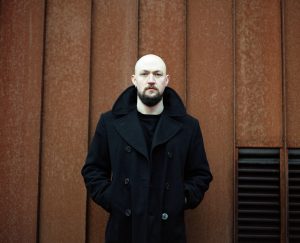 Samuel Brzeski’s (1988, London) current work deals with the situation of language within a post-digital context, particularly in relation to articulations of affect. His works search out the place and presence of the emotive body within the swirl of excess language surrounding the contemporary subject. Working primarily with acts of reading and vibrational semantics, the works investigate how the emotional impacts of digital culture are manifested through language in its many malleable forms. Reconfigurations of existing texts feature prominently, with texts selected for their poetic and political vibrations. A guiding principle of inherent rhythmicity is seen throughout the projects, which materialise as multimedia installations, vocal performances, and hybrid texts.
Samuel Brzeski’s (1988, London) current work deals with the situation of language within a post-digital context, particularly in relation to articulations of affect. His works search out the place and presence of the emotive body within the swirl of excess language surrounding the contemporary subject. Working primarily with acts of reading and vibrational semantics, the works investigate how the emotional impacts of digital culture are manifested through language in its many malleable forms. Reconfigurations of existing texts feature prominently, with texts selected for their poetic and political vibrations. A guiding principle of inherent rhythmicity is seen throughout the projects, which materialise as multimedia installations, vocal performances, and hybrid texts.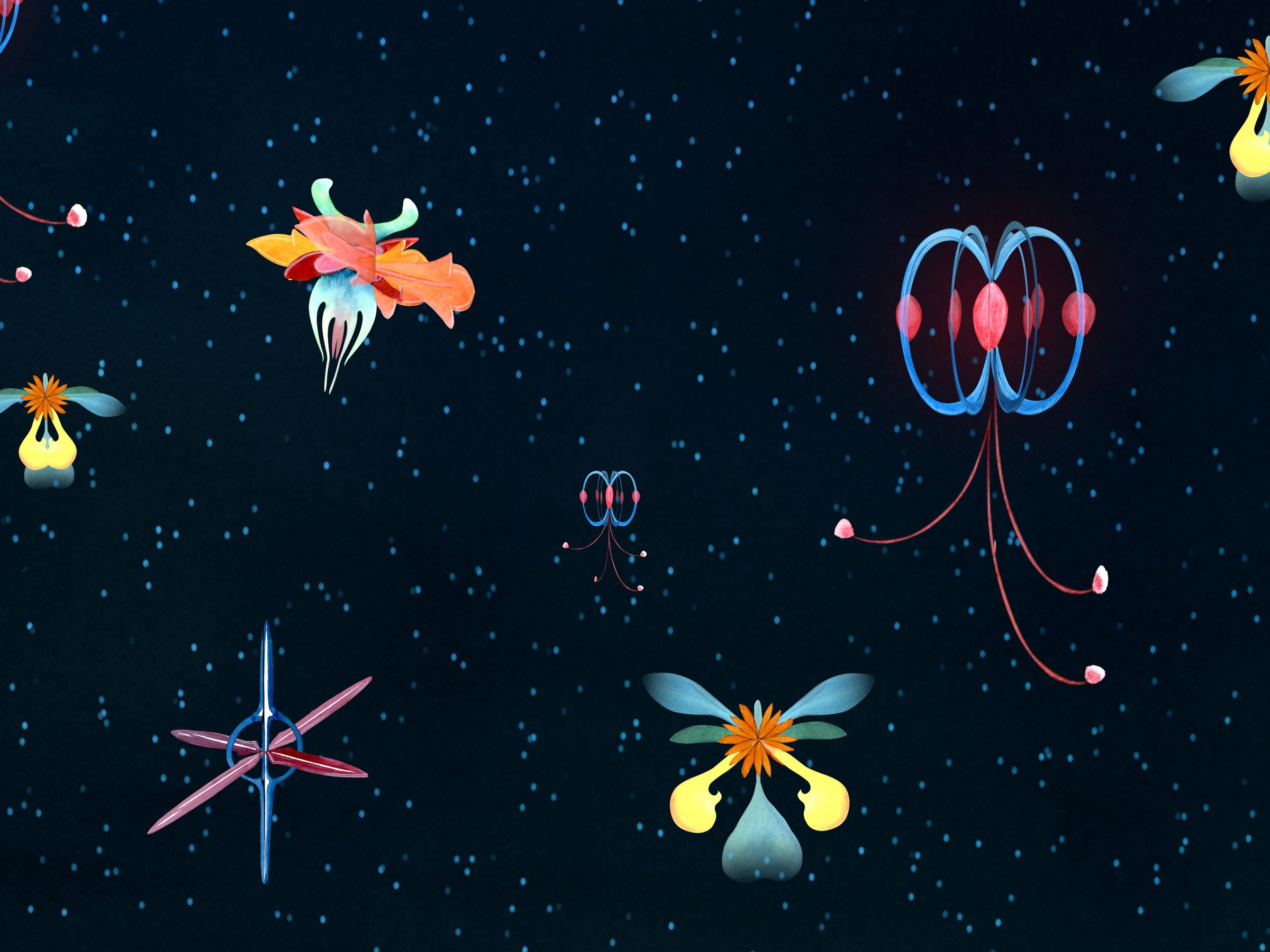
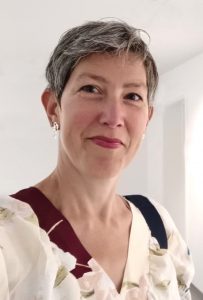 Simone Hooymans (1974) is born in the Netherlands and for the past 10 years has been living and working in Norway. She graduated from the Art academy for visual art in Arnhem (Artez) and the Art Academy Breda (St.Joost) in the Netherlands. Hooymans is an awarded filmmaker and has participated in a number of international group exhibitions and film festivals. Among others, Ars Electronica (2009), Høstutstillingen (2017/2019), Vestlandsutstillingen (2017), Grimstad Short Film Festival, the Beijing Short Film Festival, the Suwon IPark Museum of Art in South Korea. She won the audience award for best animation during the animation festival ReAnima in Bergen in November 2020 for the film Earthfall.
Simone Hooymans (1974) is born in the Netherlands and for the past 10 years has been living and working in Norway. She graduated from the Art academy for visual art in Arnhem (Artez) and the Art Academy Breda (St.Joost) in the Netherlands. Hooymans is an awarded filmmaker and has participated in a number of international group exhibitions and film festivals. Among others, Ars Electronica (2009), Høstutstillingen (2017/2019), Vestlandsutstillingen (2017), Grimstad Short Film Festival, the Beijing Short Film Festival, the Suwon IPark Museum of Art in South Korea. She won the audience award for best animation during the animation festival ReAnima in Bergen in November 2020 for the film Earthfall.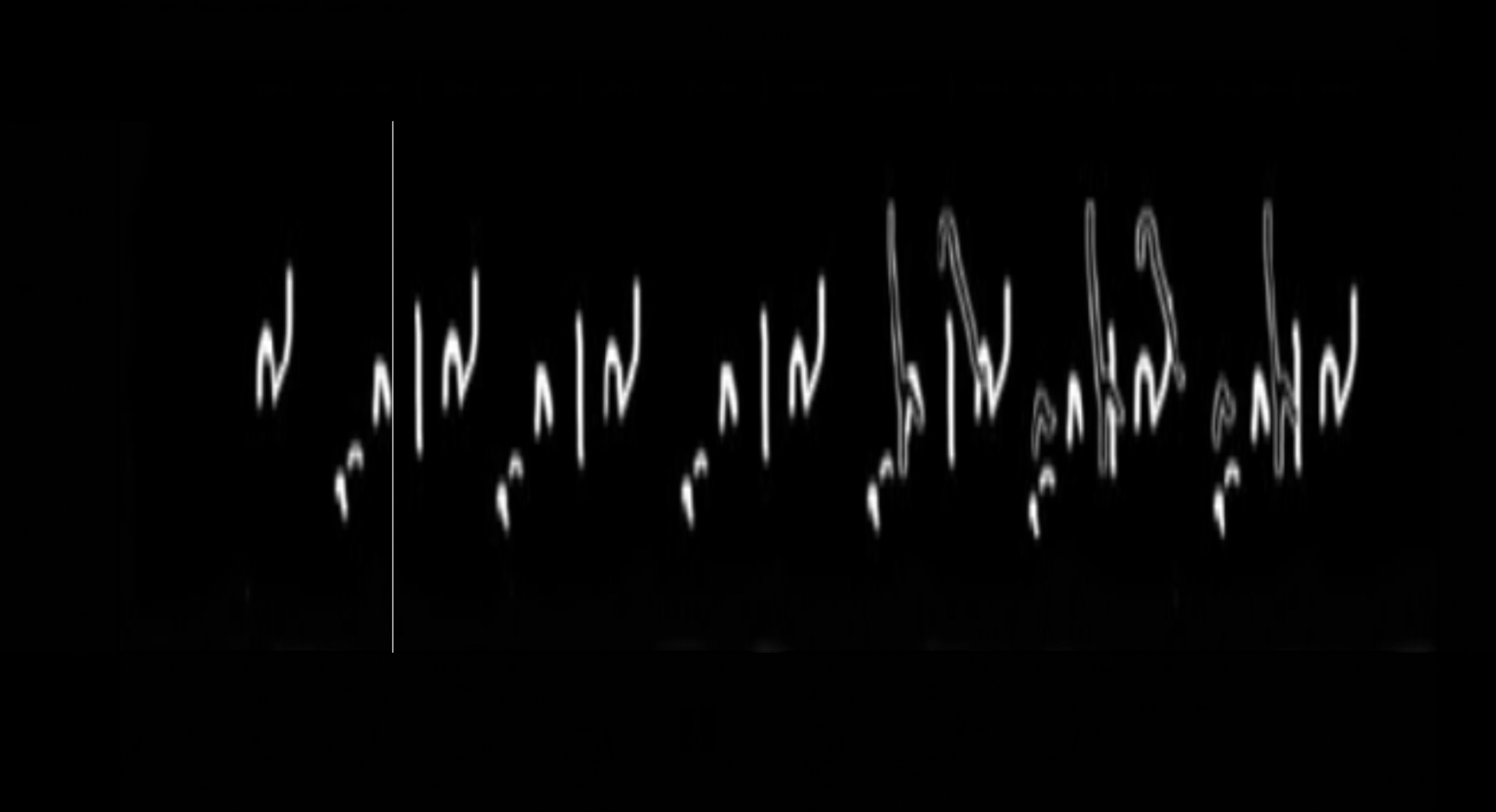
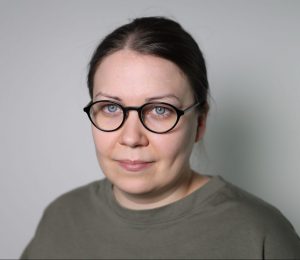 Leena Saarinen (b. 1988) is a visual artist based in Helsinki, Finland. Her practice is multidisciplinary and research based. She works with questions of posthumanism in the age of climate change and mass extinctions. In her work she studies culture, language and the relationship between human and non-human species. Her works have been exhibited in galleries, museums and public spaces in Finland and internationally. She is currently doing her master’s degree in the Academy of Fine Arts in University of the Arts Helsinki in the sculpture department.
Leena Saarinen (b. 1988) is a visual artist based in Helsinki, Finland. Her practice is multidisciplinary and research based. She works with questions of posthumanism in the age of climate change and mass extinctions. In her work she studies culture, language and the relationship between human and non-human species. Her works have been exhibited in galleries, museums and public spaces in Finland and internationally. She is currently doing her master’s degree in the Academy of Fine Arts in University of the Arts Helsinki in the sculpture department.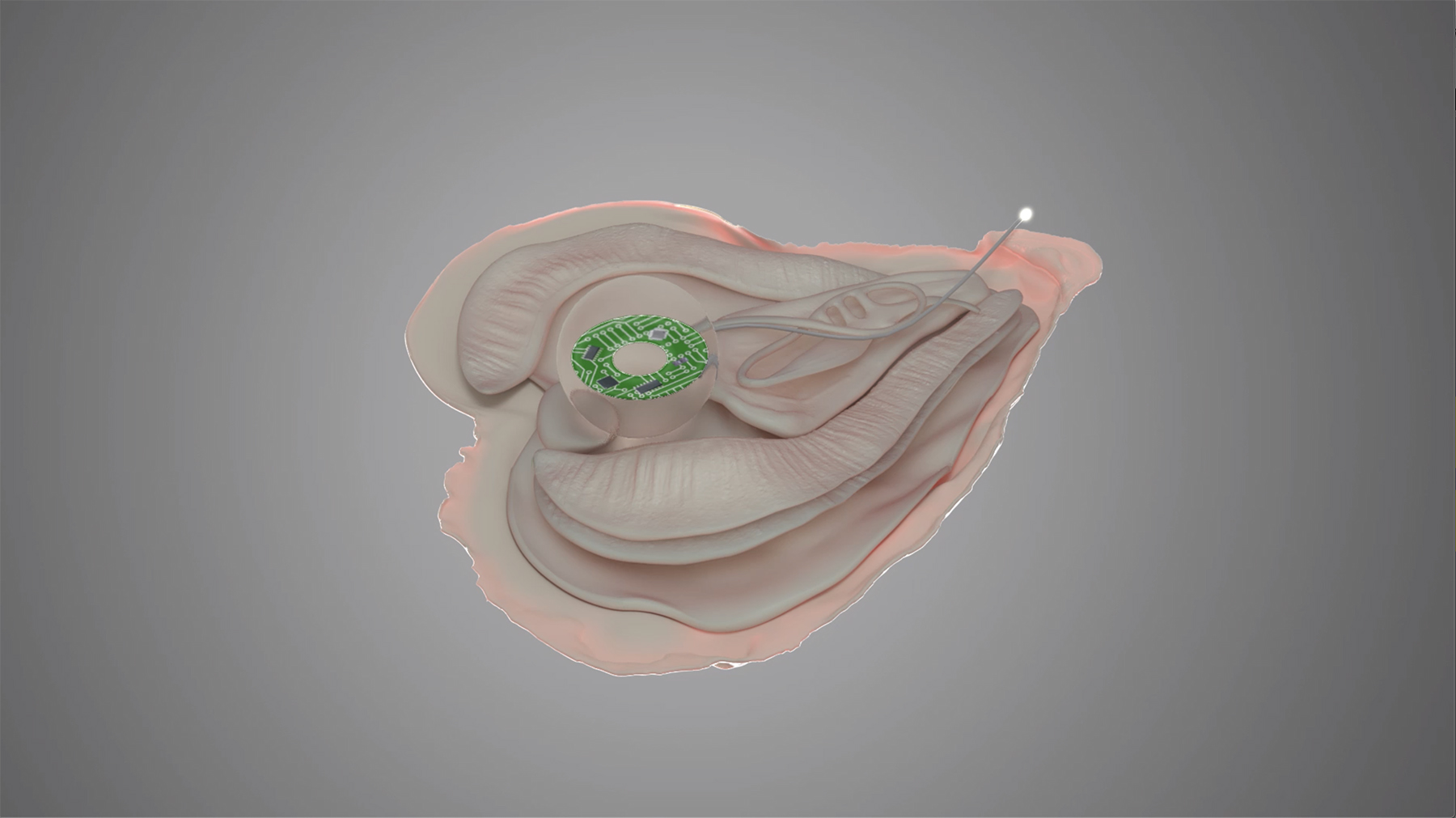
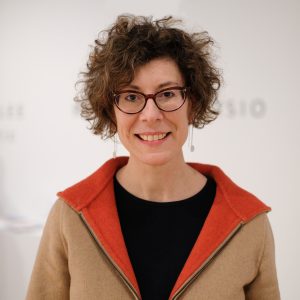 Stephanie Rothenberg’s interdisciplinary art draws from digital culture, science and economics to explore symbiotic relationships between human designed systems and biological ecosystems. Moving between real and virtual spaces, she engages a variety of media platforms that include interactive installation, drawing, sculpture, video and performance. Her artworks make visible the terrestrial and digital networks of capital that flow through the bodies of both human and more-than-human entities. Arising from her fascination with techno utopian culture, her multimedia storytelling seeks to reveal the contradictions of its narratives. Topics in her work include the bio politics of digital labor and sustainability myths surrounding the concept of natural capital.
Stephanie Rothenberg’s interdisciplinary art draws from digital culture, science and economics to explore symbiotic relationships between human designed systems and biological ecosystems. Moving between real and virtual spaces, she engages a variety of media platforms that include interactive installation, drawing, sculpture, video and performance. Her artworks make visible the terrestrial and digital networks of capital that flow through the bodies of both human and more-than-human entities. Arising from her fascination with techno utopian culture, her multimedia storytelling seeks to reveal the contradictions of its narratives. Topics in her work include the bio politics of digital labor and sustainability myths surrounding the concept of natural capital.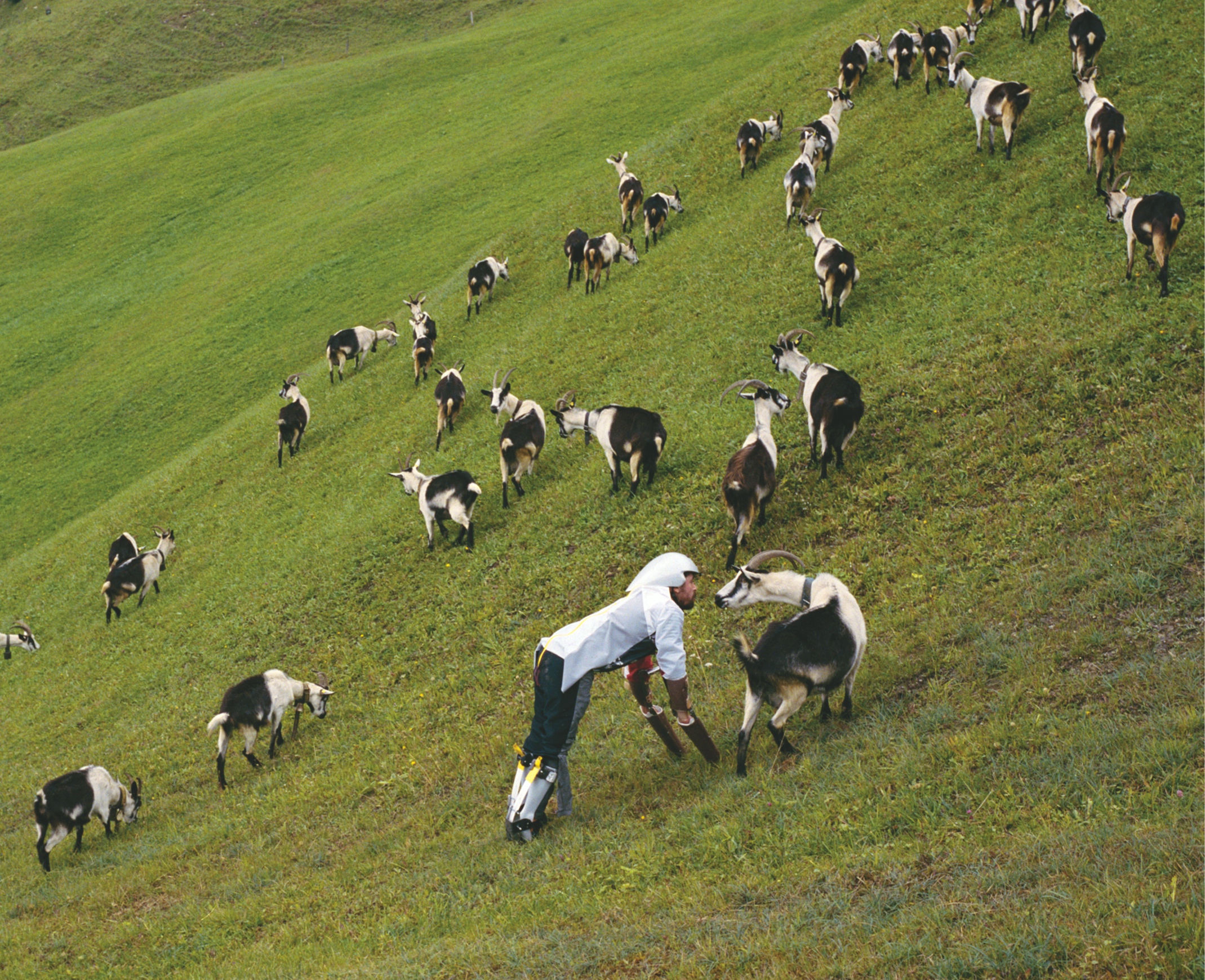
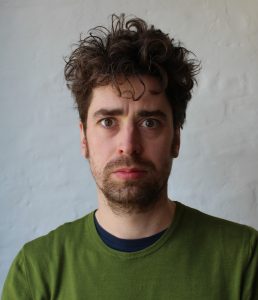 Thomas Thwaites is a designer interested in the social impacts of science and technology. He holds an MA in Design Interactions from the Royal College of Art, and a BSc. in Human Sciences from University College, London.
Thomas Thwaites is a designer interested in the social impacts of science and technology. He holds an MA in Design Interactions from the Royal College of Art, and a BSc. in Human Sciences from University College, London.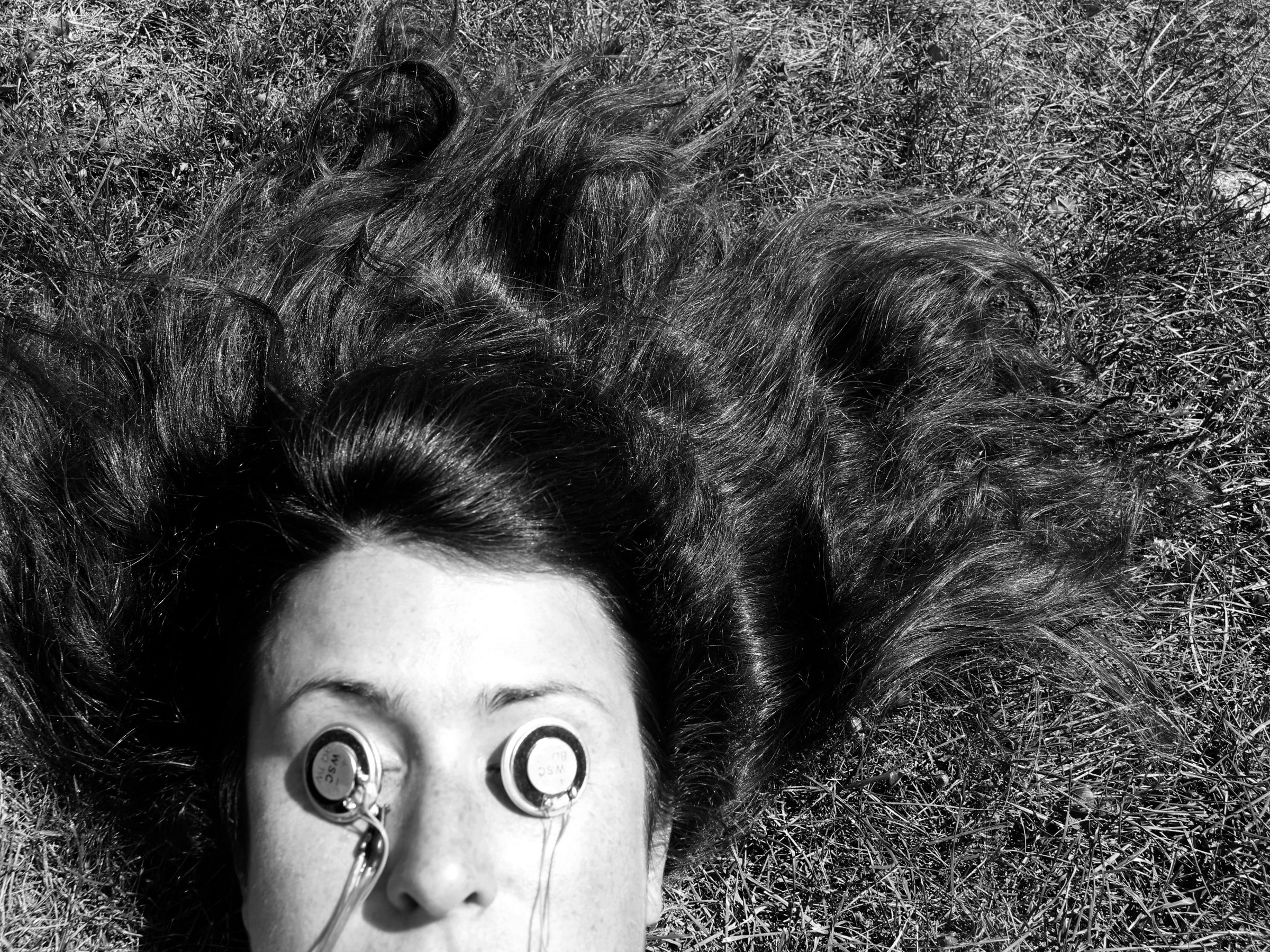
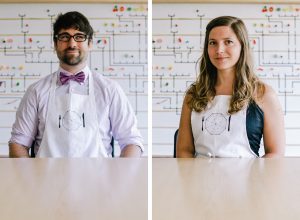 The Center for Genomic Gastronomy is an artist-led think tank launched in 2010 by Cathrine Kramer (NO) and Zack Denfeld (US) that examines the biotechnologies and biodiversity of human food systems.
The Center for Genomic Gastronomy is an artist-led think tank launched in 2010 by Cathrine Kramer (NO) and Zack Denfeld (US) that examines the biotechnologies and biodiversity of human food systems.
 Annie Hägg, born in Växjö, Sweden, received her Bachelor in Fine arts from Oslo National Academy of the Arts in 2021. Hägg’s work focuses on the constructed and designed aspects of modern society both from a social, economical and environmental point of view. Her practice includes storytelling as a way of articulating how characteristics of contemporary changes affect our perception of reality and emotional states, how they manifest in the mind and the body.
Annie Hägg, born in Växjö, Sweden, received her Bachelor in Fine arts from Oslo National Academy of the Arts in 2021. Hägg’s work focuses on the constructed and designed aspects of modern society both from a social, economical and environmental point of view. Her practice includes storytelling as a way of articulating how characteristics of contemporary changes affect our perception of reality and emotional states, how they manifest in the mind and the body.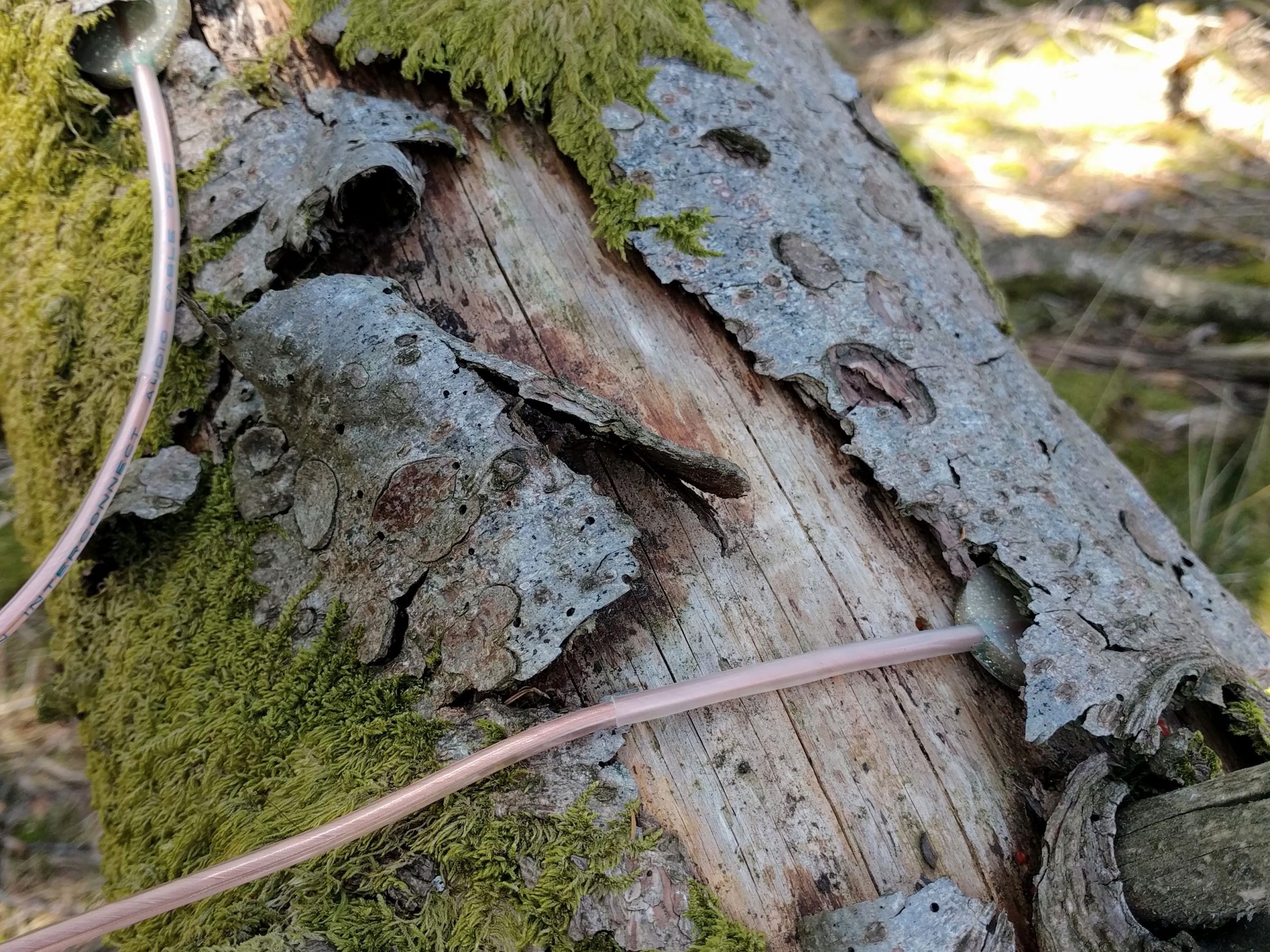
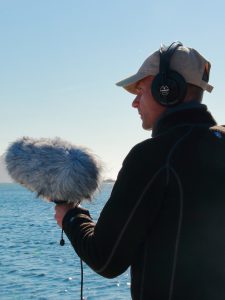 Frank Ekeberg is a transdisciplinary artist, music composer and researcher working in the intersection of art, science and technology. He received an undergraduate degree in music from the Norwegian University of Science and Technology (NTNU) before he went on to pursue a master’s degree in electronic music at Mills College in Oakland, California, where he studied composition with Pauline Oliveros and Alvin Curran, and a PhD in electroacoustic music composition at City University London, UK, under Denis Smalley and Simon Emmerson’s tutelage. Ekeberg’s work explores issues of ecology, time, spatiality and transformation, with a particular focus on nature spaces, ecosystems and the interplay between human and non-human worlds. His research-based approach often involves collaborations within as well as beyond the art field. He has composed and designed sound for concert performance, dance, film, theater, radio plays and intermedia installations. His work is widely presented in festivals, exhibitions, concerts and conferences around the world, including venues such as Museum Angewandte Kunst in Frankfurt, Germany; The Peale Center in Baltimore, Maryland, USA; Kunsthall Trondheim, Norway; Kiasma Museum of Contemporary Art in Helsinki, Finland; Fotografie Forum Frankfurt, Germany; Foggy Bottom Sculpture Biennial in Washington D.C., USA; Seoul Arts Center, Korea; multiple times at the International Symposium on Electronic Art, and many more. Ekeberg was awarded the 2017 Smithsonian Artist Research Fellowship, and is currently Research Associate at the Smithsonian National Museum of Natural History in Washington D.C., USA. Most of the time he lives and works in Trondheim, Norway.
Frank Ekeberg is a transdisciplinary artist, music composer and researcher working in the intersection of art, science and technology. He received an undergraduate degree in music from the Norwegian University of Science and Technology (NTNU) before he went on to pursue a master’s degree in electronic music at Mills College in Oakland, California, where he studied composition with Pauline Oliveros and Alvin Curran, and a PhD in electroacoustic music composition at City University London, UK, under Denis Smalley and Simon Emmerson’s tutelage. Ekeberg’s work explores issues of ecology, time, spatiality and transformation, with a particular focus on nature spaces, ecosystems and the interplay between human and non-human worlds. His research-based approach often involves collaborations within as well as beyond the art field. He has composed and designed sound for concert performance, dance, film, theater, radio plays and intermedia installations. His work is widely presented in festivals, exhibitions, concerts and conferences around the world, including venues such as Museum Angewandte Kunst in Frankfurt, Germany; The Peale Center in Baltimore, Maryland, USA; Kunsthall Trondheim, Norway; Kiasma Museum of Contemporary Art in Helsinki, Finland; Fotografie Forum Frankfurt, Germany; Foggy Bottom Sculpture Biennial in Washington D.C., USA; Seoul Arts Center, Korea; multiple times at the International Symposium on Electronic Art, and many more. Ekeberg was awarded the 2017 Smithsonian Artist Research Fellowship, and is currently Research Associate at the Smithsonian National Museum of Natural History in Washington D.C., USA. Most of the time he lives and works in Trondheim, Norway.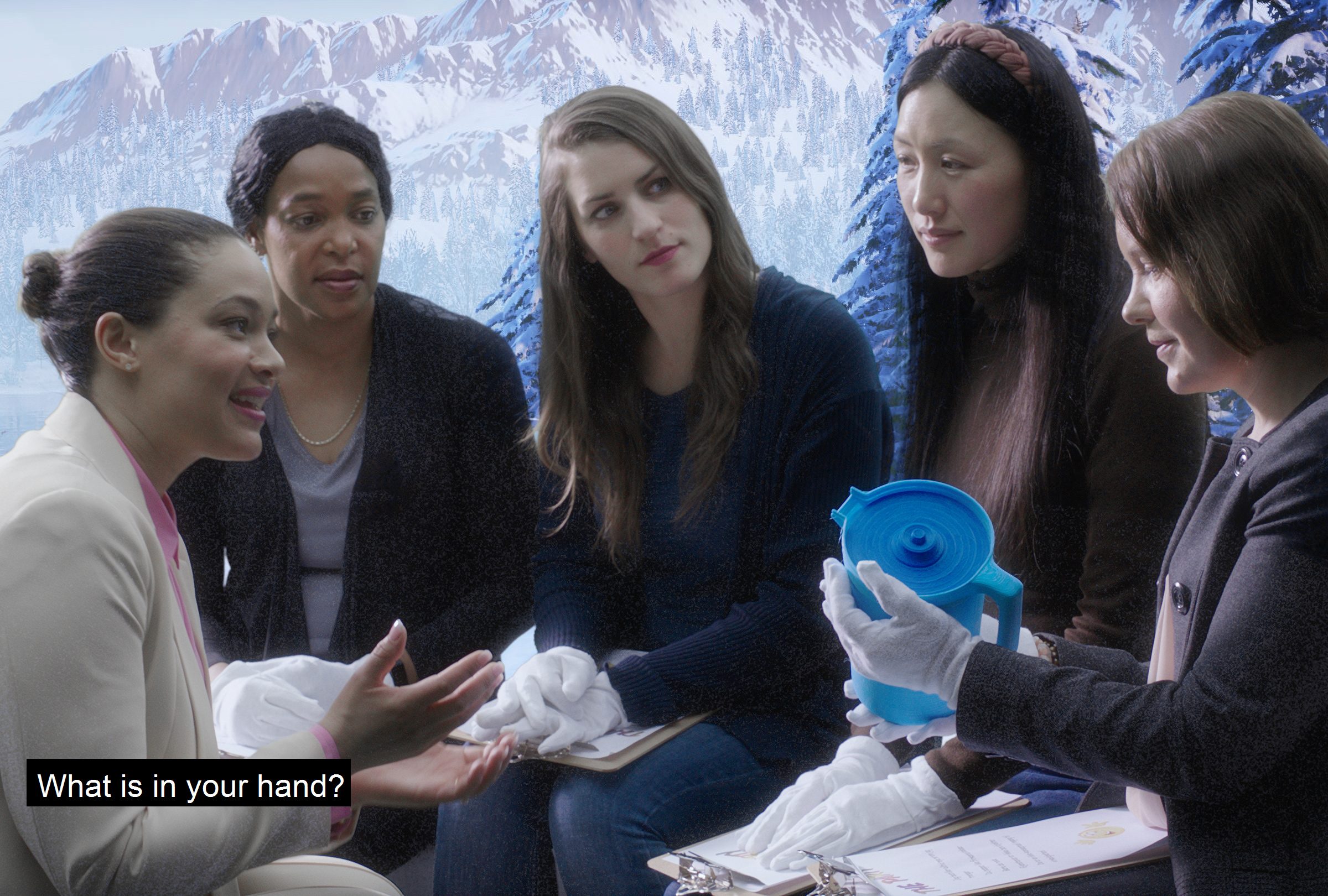
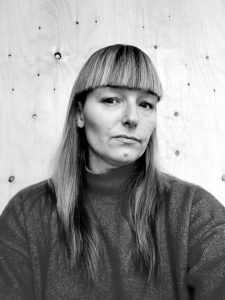 Maren Dagny Juell (1976) is based in Ski, Norway, and works with video, Virtual Reality, and installation.
Maren Dagny Juell (1976) is based in Ski, Norway, and works with video, Virtual Reality, and installation.